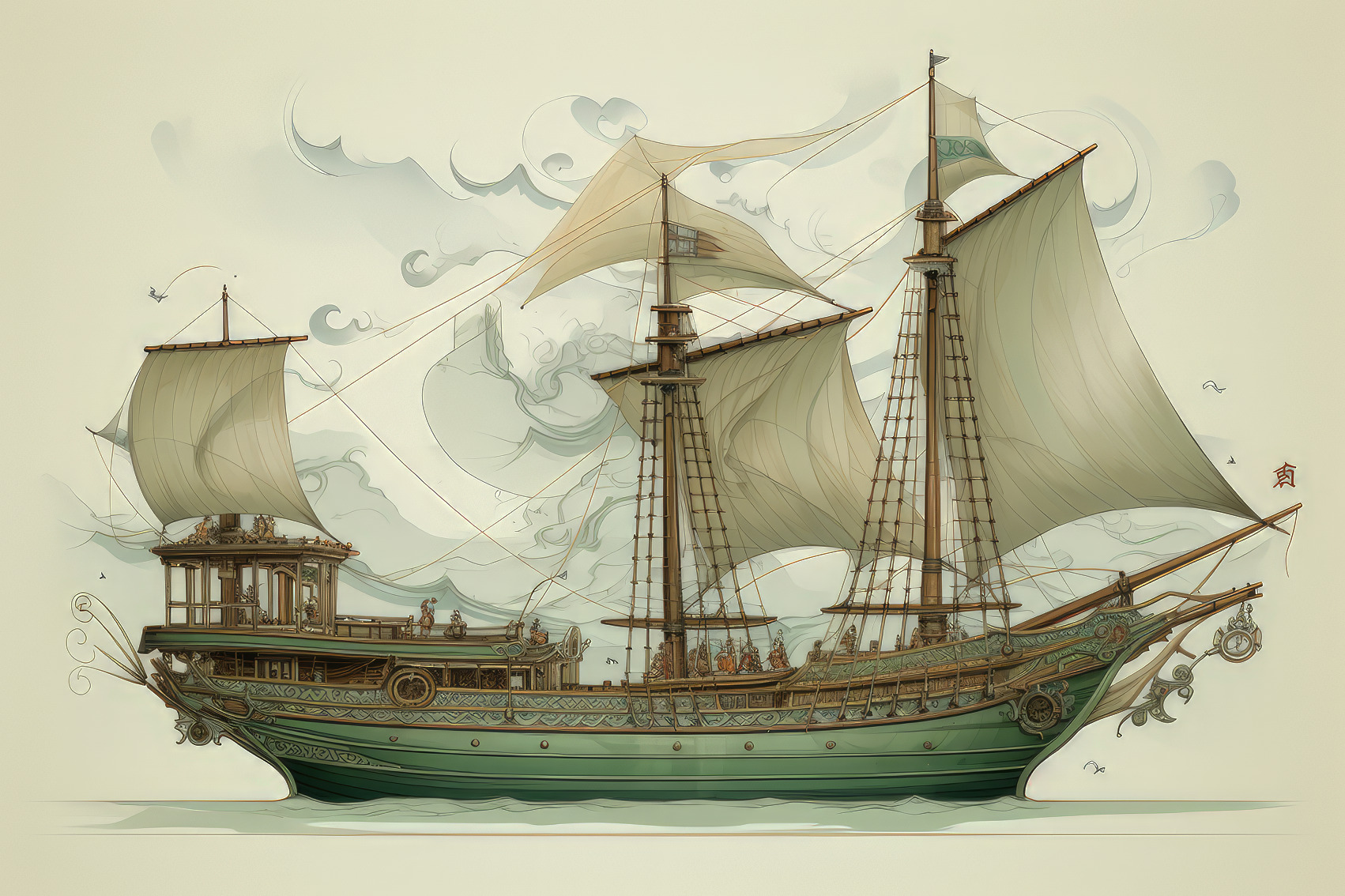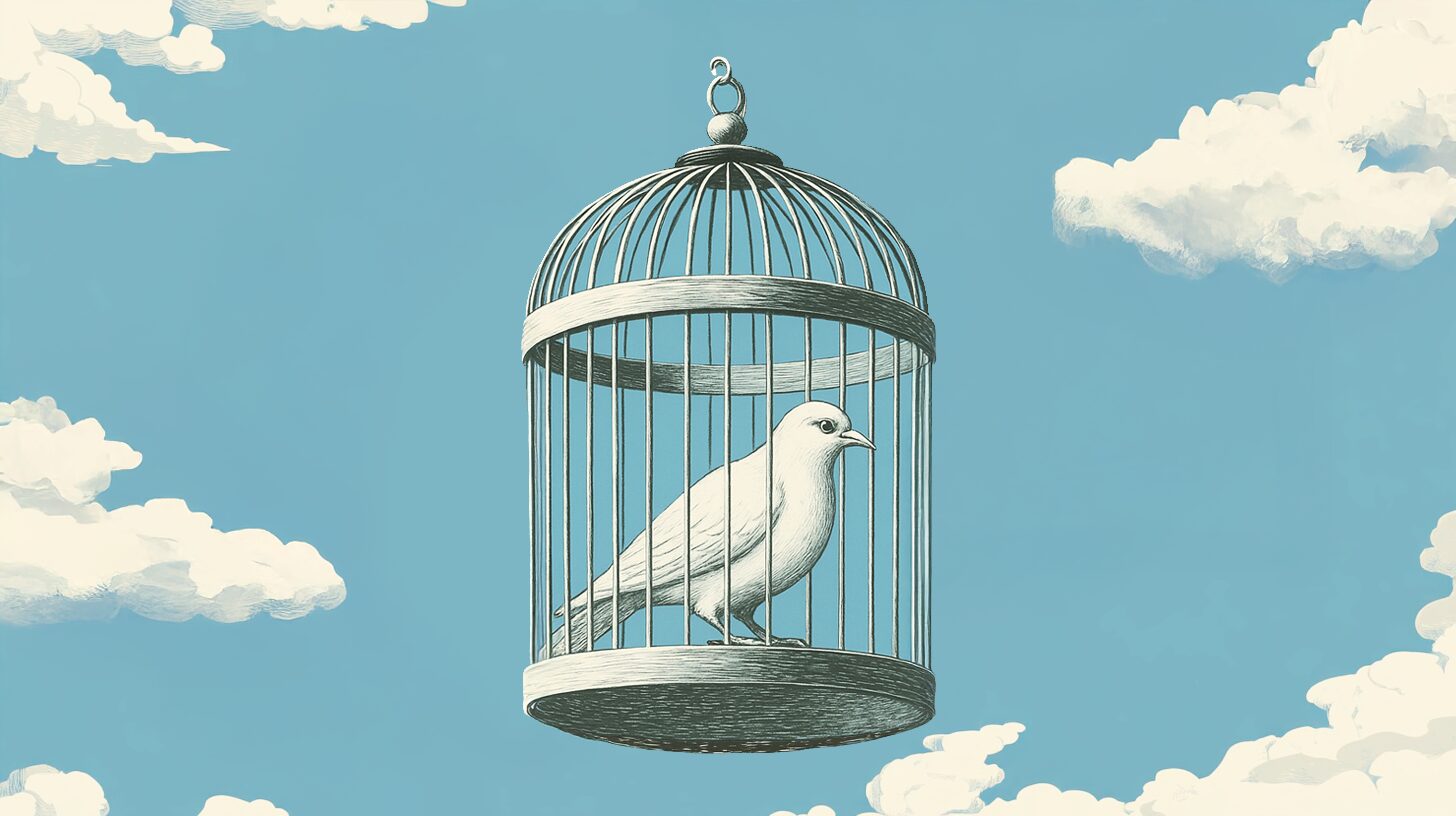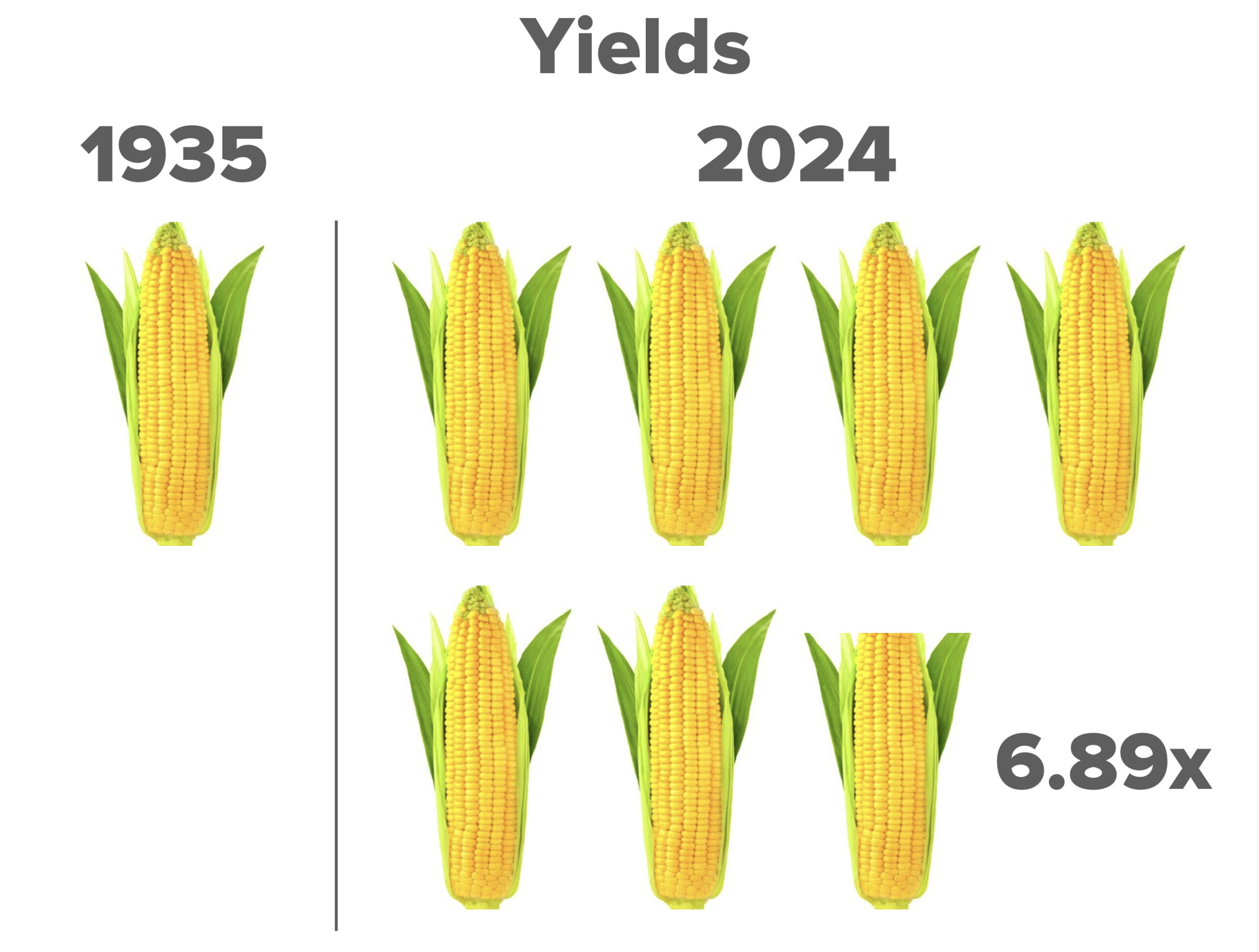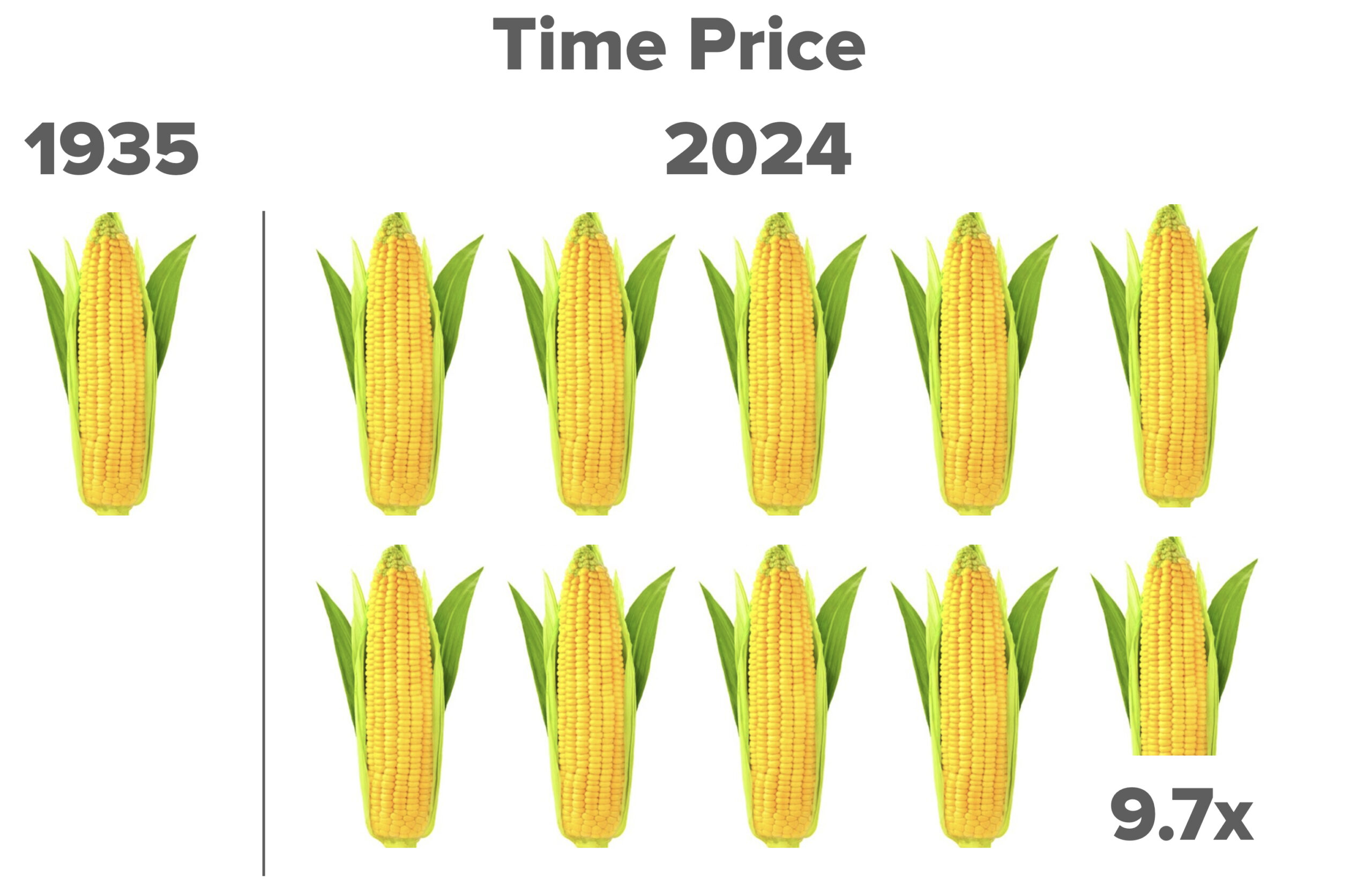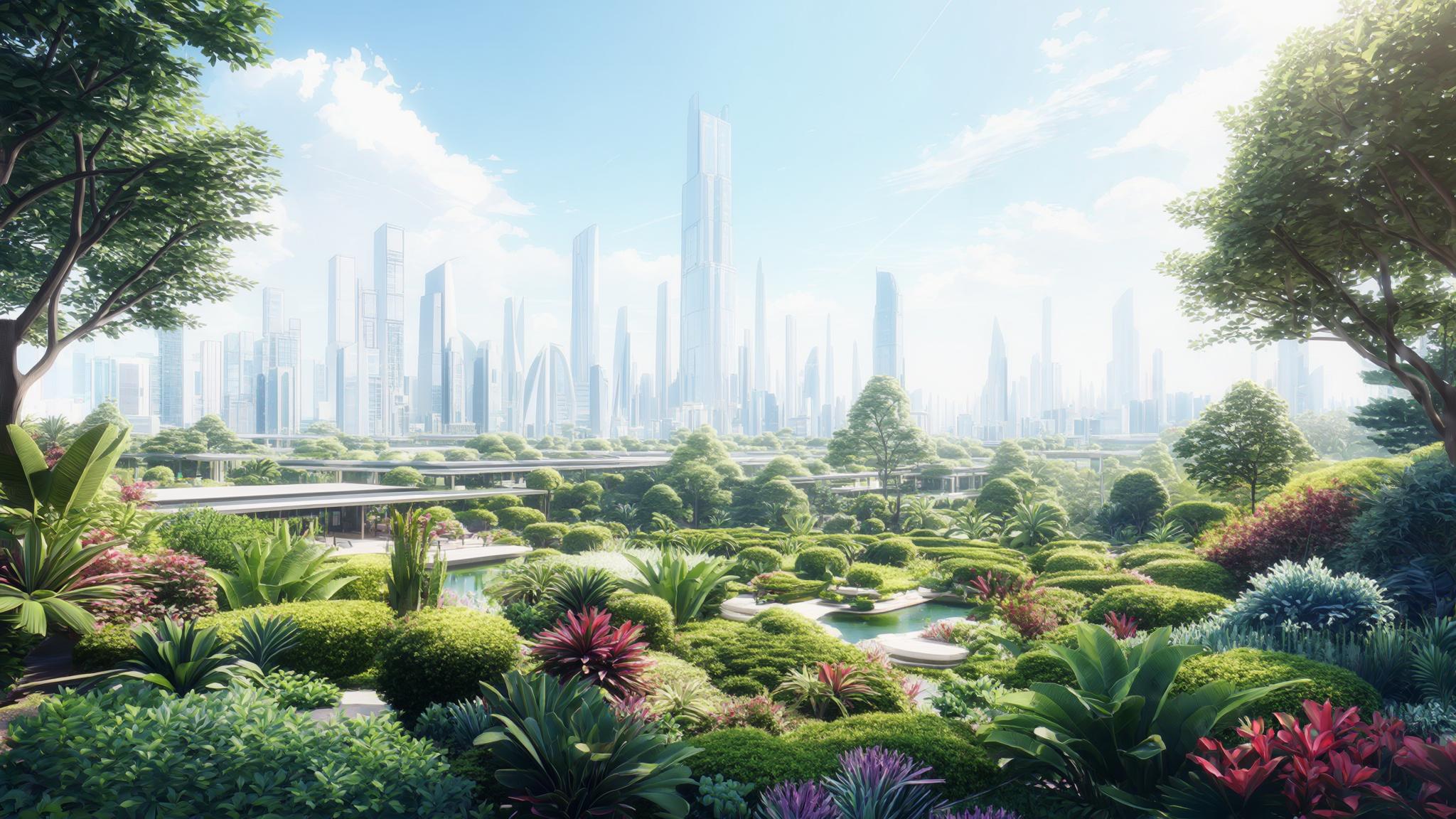Summary: The advent of OpenAI’s ChatGPT led to a wave of fear about AI risks, with a significant portion of business leaders expressing concerns about AI potentially harming humanity. Calls for government regulation of AI, even a temporary pause, have become a subject of debate. Drawing a cautionary lesson from China’s Ming Dynasty, this article highlights the potential drawbacks of stifling innovation and warns against overly restrictive measures that could hinder progress.
The launch of OpenAI’s ChatGPT chatbot in late 2022 triggered a flurry of panic about the risks posed by artificial intelligence (AI). In fact, a recent CNN poll reveals that 42 percent of business leaders believe that AI could “destroy humanity” in 5–10 years.
Though pessimism about potentially transformative technologies is nothing new, what is truly concerning are the calls for government regulation of AI development and deployment. For example, in March, leading figures in the tech industry, including Elon Musk, called for a temporary pause in the development of AI systems “more powerful than GPT-4.” Their open letter has received over 33,000 signatories. An April YouGov poll also disclosed that almost 70 percent of Americans endorsed a similar six-month pause on AI development. These polls ominously reveal that a non-negligible number of Americans, fearing threats to existing stability, not only desire ethical regulations of AI but also want suffocating restrictions on the entire industry.
Why is this concerning? History reveals that a severe bias toward stability and the overreach of technological alarmists in the policy space can dangerously obstruct human progress. Look no further than Medieval China.
In the 12th and 13th centuries, the Song Dynasty was the pinnacle of global civilization, destined to outpace the rest of the world. In the words of Harold B. Jones, “asked to pick from among the world’s nations the one with the best prospects for years ahead, an early fifteenth-century futurist would have bet on China.” Song China led the world in technological progress, inventing gunpowder, movable print, and the compass. It was home to the most advanced infrastructure and fleet of trading ships in the world, enriching China through overseas commerce with the coastal states of Africa. Moreover, by opening its society to foreign travelers, China benefited from the scientific knowledge and expertise of foreign innovators, making impressive strides in agriculture and astronomy. Some even say Song China was on the cusp of its own industrial revolution centuries before Great Britain. China simply had the materials and knowledge to dominate the world long before the West. Why didn’t it?
Despite Song China’s vibrant society and thriving economy, it was constantly skirmishing with its northern neighbors, eventually succumbing to the military prowess of the invading Mongols in 1279. The subsequent Yuan Dynasty marked the first time in China’s thousand-year history that a foreign-ruled dynasty seized all of China, an embarrassing defeat for Chinese traditionalists.
The Yuan Dynasty was short-lived, as internal factionalism and corruption led to widespread rebellions, propping up the Ming Dynasty in 1368. However, still humiliated by the “barbarian” occupation, Ming leaders made it a priority to distinguish themselves from their Song predecessors. Blaming the collapse of the Song Dynasty on their embracement of a “disordered” open society, the Ming dynasty established a highly authoritarian and isolationist regime, significantly extending the Great Wall and, more significantly, unleashing an “anti-modern revolution” meant to reinvigorate China with traditional Confucian values and restrain destabilizing innovation.
Part of this anti-modern revolution was cultural, stifling innovation by stressing conformity and suppressing individualism. For example, one of the first actions of Zhu Yuanzhang, the founding Ming emperor, was to institute a strict dress code. He banned foreign fashion and dictated standards for each social position, reinforcing a neo-Confucian hierarchy. Technological progress and commercial prosperity brought about choice, fostering unsettling social disorderliness that could manifest itself through clothing. Thus, for fear of disrupting the existing order, the Ming emperor banned expressive clothing.
In a similar vein, the Ming Dynasty reinstituted the controversial imperial examination system. The Ming education system generally prioritized the regurgitation of Confucian philosophy, overlooking scientific and technical skills. Though science was still taught, the subject matter was to be accepted as canonical wisdom rather than questioned and improved. The general environment created by the examination culture de-emphasized contributions from creative individuals—if you wrote about new ideas on an exam, you were simply marked wrong. Individualism had no place in the Ming Dynasty.
However, the costliest aspect of this revolution concerned destabilizing technological innovations. Most significantly, the Ming Dynasty severely restricted innovation regarding exploration and oceanic shipping, famously (or infamously) enacting the Edict of Haijin. This policy severely restricted private maritime trading and exploration, leading to the destruction of many private ocean vessels and the imprisonment of hundreds of merchants. The sentiments of this policy were most notably manifested through the destruction of Admiral Zheng He’s fleet.
Everyone knows the famous rhyme, “in 1492, Columbus sailed the ocean blue”; however, what many people do not realize is that several decades before Christopher Columbus, a Chinese admiral named Zheng He made larger and more ambitious voyages with a fleet 300 times larger than Columbus’s. Yet, rather than opening the world to trade as Columbus did, the Ming government burned his great fleet, stifling a critical source of economic advancement. Why did they hinder such progress? Though the official reasoning concerned piracy, many scholars point to a general fear of foreign interaction and the rise of a powerful merchant class, all of which would have disrupted the post-Mongol order—the Ming emperor appeared to prefer stagnation over progress, for stagnation weakened threats to his power.
As China fostered a long period of cultural and technological stagnation, Europe entered a great age of individualism and innovation. By embracing scientific progress and overseas commerce during the Renaissance, Europeans made remarkable economic and technological strides, overtaking China as the global economic and technological epicenter. In fact, European powers used the very innovations that China repressed to establish their dominance—namely, maritime and naval technologies. As the Ming Dynasty burned ships and oppressed merchants, Europeans were establishing enriching trade routes and colonizing the globe with their powerful navies. The British even used these tools to later humiliate China during the Opium Wars. Thus, the Ming Dynasty’s “anti-modernism” significantly contributed to the “Great Divergence,” subjecting China to a centuries-long game of catch-up with the West.
Therefore, as we consider a temporary termination of the deployment of AI, the legacy of the Ming Dynasty provides a cautionary tale. Through unregulated data collection and short-term jolts to the labor market, AI certainly has the potential to disrupt existing stability. However, there is something to be said about the potential upsides of AI development. From automating monotonous tasks to revolutionizing modern medicine, many benefits would be delayed by a pause in development, delays that, like what happened in China, could set the United States back for decades. Though techno-optimism has its own concerns, we must also be wary of the over-implementation of the precautionary principle, for, as the Ming Dynasty shows, ill-advised and overcautious social policy meant to preserve stability can and often does foster costly stagnation.

